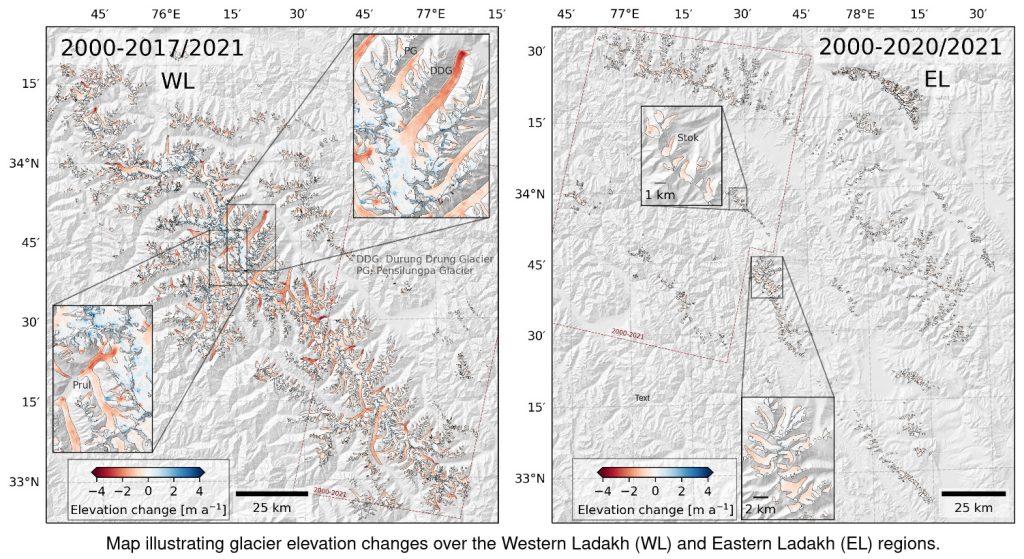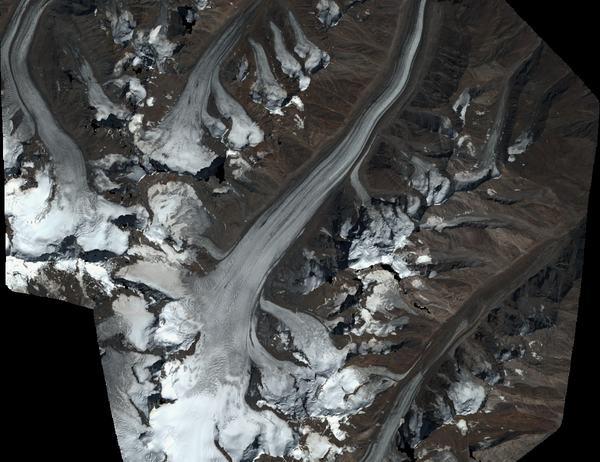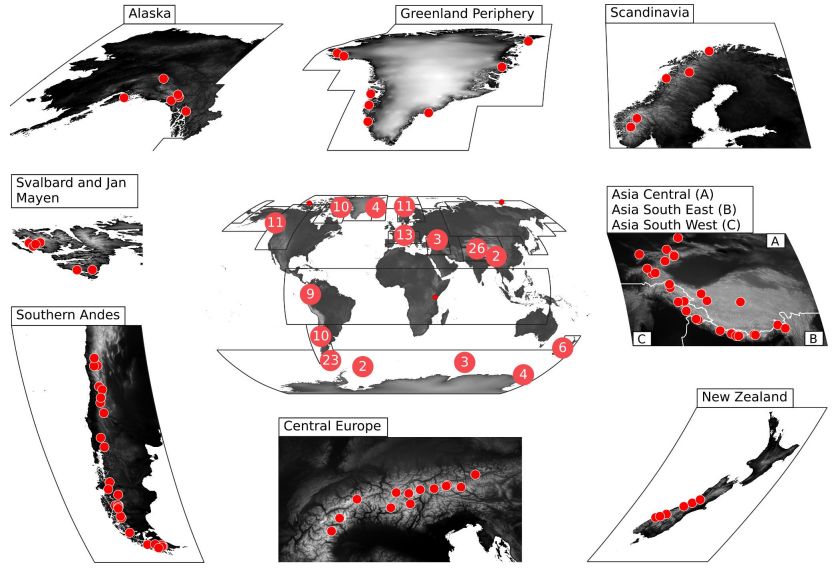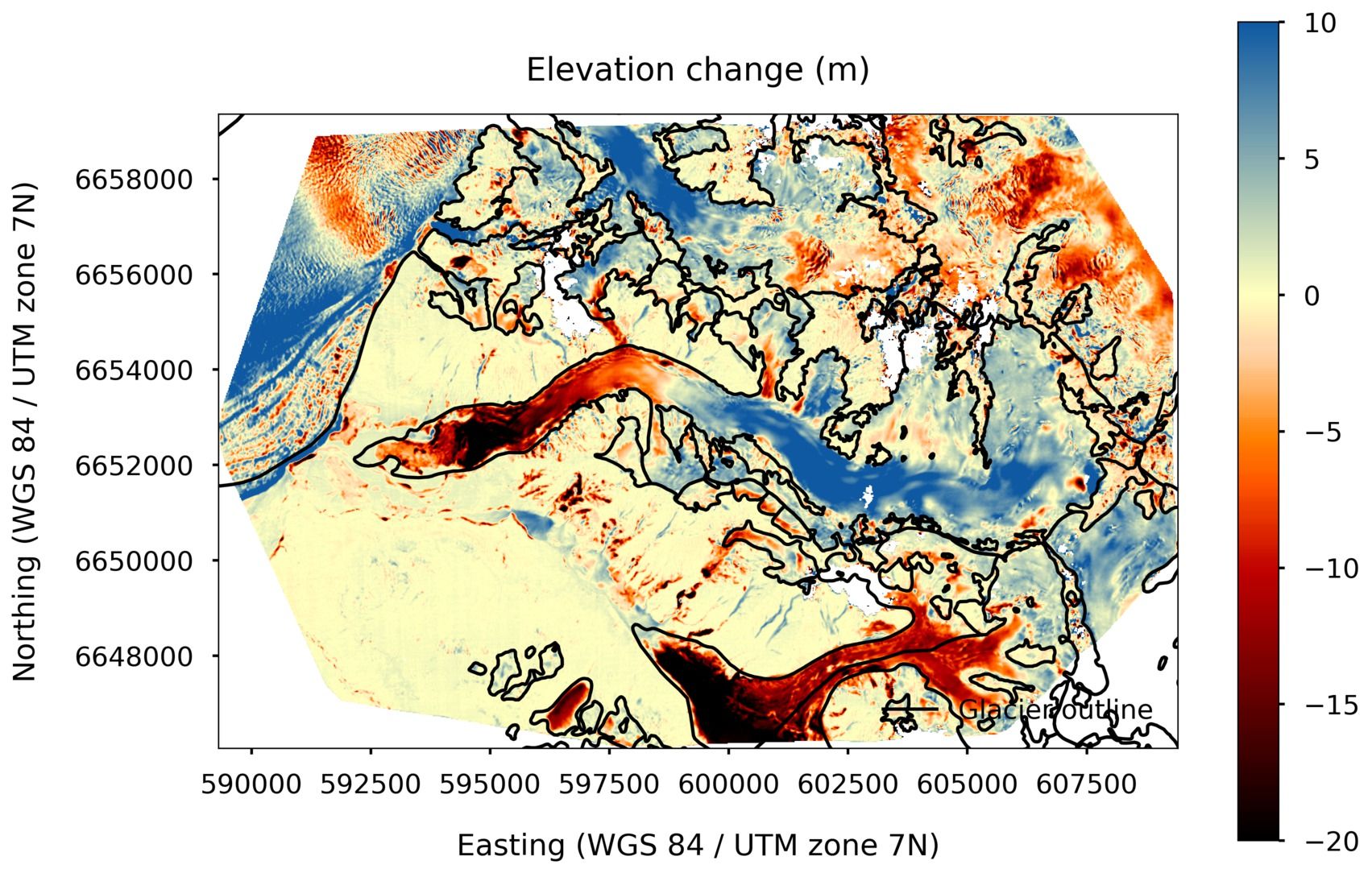Mandal et al.: Glacier mass balance and its climatic and nonclimatic drivers in the Ladakh region during 2000–2021 from remote sensing data
Ladakh region in the western Himalaya relies heavily on meltwater from glaciers and snow covers, particularly during spring season and dry years, due to its arid climate conditions. In our recently published paper (reference below), we estimated the geodetic mass balance of nearly all Ladakh glaciers using SRTM and ASTER DEMs for the period 2000-2021. To validate our results, we cross-checked the mass balance results with ICESat-2 datasets and high-resolution HMA 8-m and Pléiades DEMs (provided by the Pléiades Glacier Observatory; PGO). In addition to analyzing the climate drivers of glacier mass changes, we specifically examined the role of nonclimatic (morphological) variables on glacier mass balances. Our findings indicate that western Ladakh glaciers experienced slightly higher mass loss compared to those in eastern Ladakh. While warming remains the primary driver of widespread mass loss in Ladakh, the spatial variability in mass loss is attributed to changes in regional precipitation patterns and glacier morphological settings. Smaller glaciers at higher elevations in eastern Ladakh exhibit lower mass loss, whereas larger glaciers at lower elevations in the western Ladakh are more sensitive to temperature changes, resulting in higher mass loss.
Mandal, A., Vishwakarma, B.D., Angchuk, T., Azam, M.F., Garg, P.K., Soheb, M.: Glacier mass balance and its climatic and non-climatic drivers in the Ladakh region during 2000-2021 from remote sensing data, Journal of Glaciology, 1-23, https://doi.org/10.1017/jog.2024.19, 2024





